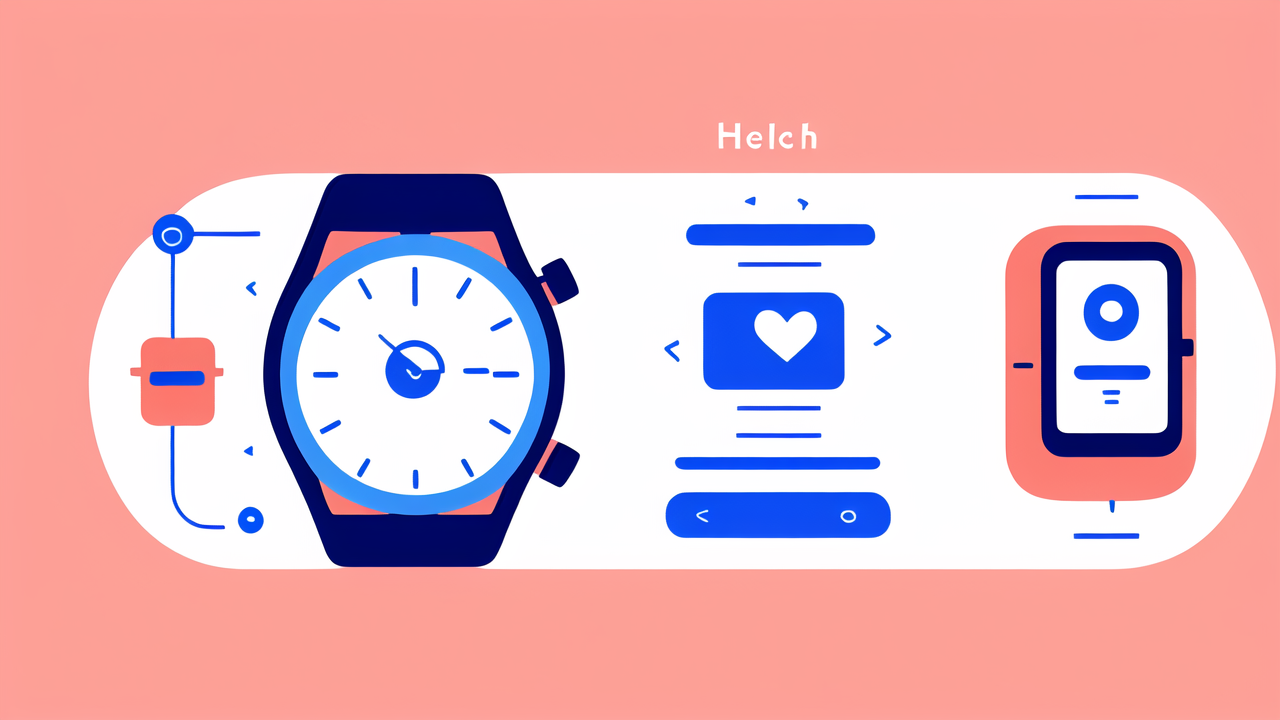The Importance of Body Measurement Features in Today's Smart Watches
Understanding the Role of Wearables in Health and Wellness
Wearables have become key tools in personal health management. Smart watches now offer features that go beyond telling time. They track steps, monitor heart rate, and measure sleep quality. These devices help users stay aware of their health status. They encourage people to move more and make better lifestyle choices.

Smart watches provide real-time data on physical activity and vital signs. This information can motivate users to reach their fitness goals. It also allows for early detection of potential health issues. By wearing these devices, people can take a more active role in their well-being.
The Evolution of Smart Watch Technology in the United States
Smart watch technology has come a long way in the US. Early models focused on basic functions like notifications and step counting. Now, they offer advanced health monitoring features. The latest watches can measure blood oxygen levels and even take ECG readings.
This evolution reflects growing consumer demand for health-focused devices. American tech companies have invested heavily in developing these features. They aim to make smart watches essential health companions. The trend shows no signs of slowing down, with new capabilities being added regularly.
Top Smart Watches with Body Measurement Capabilities
Analyzing the Market Leaders: Apple Watch Series 4 and Samsung Galaxy Watch
The Apple Watch Series 4 and Samsung Galaxy Watch are leading the market. Both offer impressive body measurement features. The Apple Watch can take ECG readings and detect falls. It also tracks workouts and monitors heart rate.

The Samsung Galaxy Watch focuses on fitness tracking and stress management. It offers sleep analysis and can track various exercises automatically. Both watches provide accurate step counting and calorie burn estimates. They represent the cutting edge of wearable technology in the US market.
Comparative Analysis: Features and Accuracy of Measurements
When comparing these top smart watches, several factors come into play. Accuracy is crucial for body measurement features. Both Apple and Samsung have invested in improving sensor technology. This ensures reliable data for users.
The Apple Watch excels in heart health monitoring. Its ECG feature is FDA-cleared, adding credibility to its readings. The Samsung Galaxy Watch offers more diverse fitness tracking options. It can recognize a wider range of exercises automatically.
Battery life is another important factor. The Samsung Galaxy Watch typically lasts longer between charges. This can be crucial for continuous health monitoring. The Apple Watch, however, often receives praise for its user-friendly interface.
Consumer Trends: What Drives the Adoption of Health-Oriented Smart Watches?
Several factors are driving the adoption of health-oriented smart watches in the US. Increasing health awareness is a major factor. People are more interested in tracking their fitness and well-being. Smart watches offer an easy way to do this.
The convenience of having health data on your wrist is appealing to many. It allows for quick checks and encourages regular monitoring. The integration with smartphones and health apps is another draw. This makes it easy to view trends and share data with healthcare providers.
Many consumers also appreciate the motivational aspect of these devices. Goal-setting features and activity reminders can help people stay on track. As the technology improves, more people are seeing smart watches as valuable health tools.
Integrating Body Measurement Data into Lifestyle and Wellness Programs
How Smart Watches Connect with Popular Health Apps
Smart watches are designed to work seamlessly with health and fitness apps. This integration allows users to get more value from their body measurement data. Popular apps like MyFitnessPal and Strava can sync with smart watches. This creates a comprehensive picture of a user's health and fitness.

The data from smart watches can feed into these apps to track progress over time. For example, heart rate data during workouts can help users optimize their training. Sleep tracking information can be used to improve sleep habits. This connection between devices and apps makes it easier for people to manage their health holistically.
Personalizing Wellness Coaching with Smart Watch Metrics
Smart watch data is becoming a valuable tool for personalized wellness coaching. Trainers and health coaches can use this information to create tailored programs. They can see how clients respond to different exercises or lifestyle changes. This allows for more effective and personalized advice.
For example, a coach might adjust a workout plan based on a client's heart rate recovery. Or they might suggest changes to sleep habits based on sleep quality data. This level of personalization was not possible before the advent of smart watches. It's making wellness coaching more effective and engaging for clients.
The Future of Wearable Technology in Health Care
The future of wearable technology in healthcare looks promising. Smart watches are likely to become even more advanced. They may soon be able to detect more health conditions early. This could include things like high blood pressure or even early signs of infections.
There's also potential for smart watches to play a bigger role in managing chronic conditions. They could help monitor medication adherence or track symptoms over time. As the technology improves, we may see more integration with healthcare systems. This could lead to better preventive care and more efficient health management.
In conclusion, smart watches with body measurement features are changing how we approach health and wellness. They offer convenient, continuous monitoring of key health metrics. As the technology continues to evolve, these devices are likely to become even more integral to personal health management.




Leave a comment
This site is protected by hCaptcha and the hCaptcha Privacy Policy and Terms of Service apply.